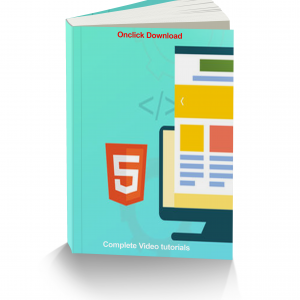Complete Financial Accounting 2 Part
$99.99 $4.99
Financial Accounting Part 1 and 2
.MP4, AVC, 600 kbps, 1280×720 | English, AAC, 160 kbps, 2 Ch | 3h 29m | 1.18 GB
Instructors: Jim Stice, Earl Kay Stice
Financial Accounting Part 2
MP4 | Video: AVC 1280×720 | Audio: AAC 44KHz 2ch | Duration: 3.5 Hours | 1.17 GB
Genre: eLearning | Language: English
Description
Complete Financial Accounting 2 Part
Anyone who needs to interpret financial statements or communicate financial results needs a solid understanding of financial accounting. This comprehensive, self-contained training course is designed to give business professionals-including managers, analysts, and entrepreneurs-the confidence they need to use financial data to drive strategic decision-making. Professors Jim Stice and Earl Kay Stice use actual reports from real-world companies like Microsoft and Walmart to drive home ideas such as the difference between net income and cash flow and why the credits and debits system is so important to everyday accounting. They help you understand assets and liabilities; interpret balance sheets, income statements, and statement of cash flows; evaluate and adjust journal entries; and prepare your own financial statements. This is an MBA-level course, layered with case studies and insights that will help you bridge the gap between the academics of accounting and its real-world application.
Stay tuned for Part 2 of the training series, which covers ratio analysis, forecasting, and business valuation.
Topics include:
Types of financial assets and liabilities
Equity
Balance sheets
Income statements
Statements of cash flow
Bookkeeping
How business transactions impact accounting
Debits and credits
Accrual accounting
Adjusting journal entries
Preparing financial statements
Part -2
While their products and services may differ wildly, successful companies have at least one thing in common: they’re savvy with a financial report. Financial statements and reports allow accounting and finance professionals to peer into the inner workings of their organization, pinpointing key areas of risk before they evolve into issues that steer the company off course. In this course-the second installment in the Financial Accounting series-accounting professors Jim and Kay Stice take a deeper dive into the world of financial accounting. Jim and Kay discuss financial ratio analysis, cash flow analysis, forecasting financial statements, business valuation, and more. To wrap up the course, they use the different models covered in the course to estimate the value of McDonalds.






Reviews
There are no reviews yet.